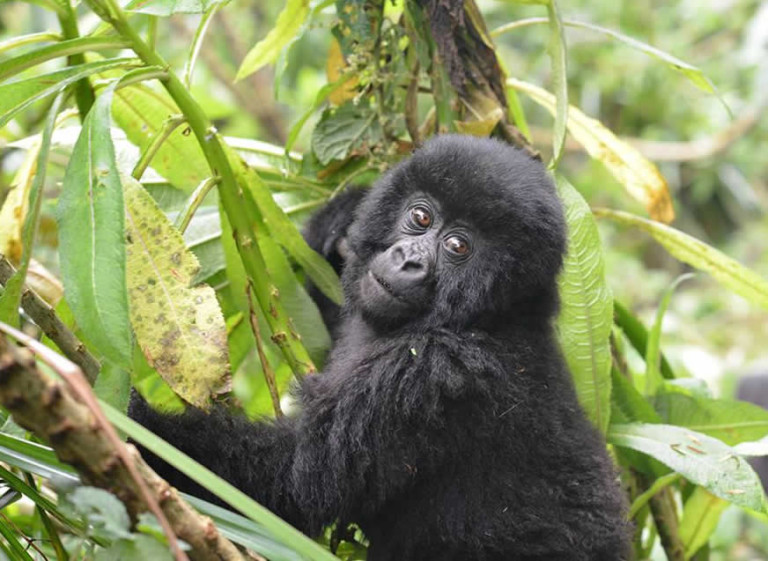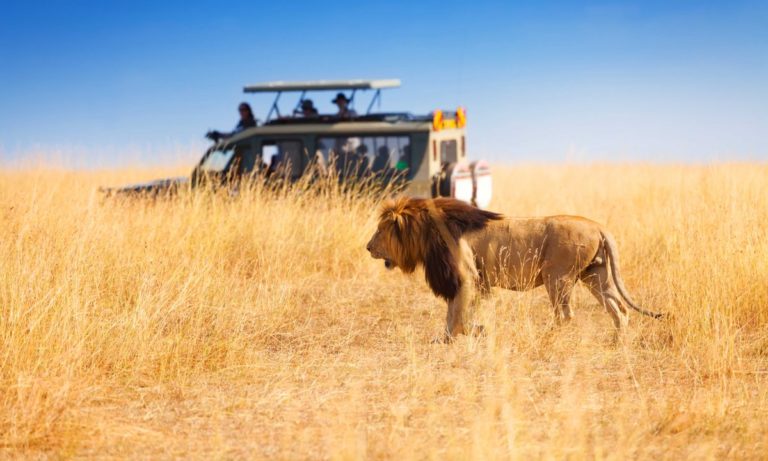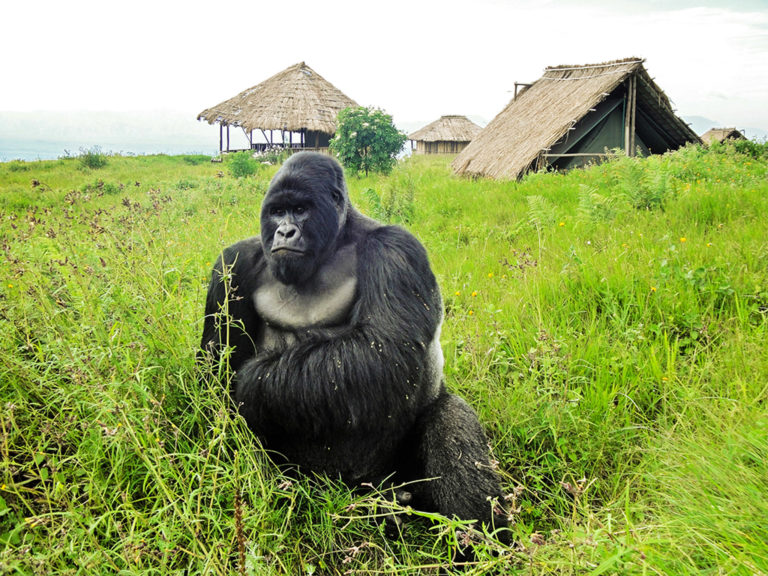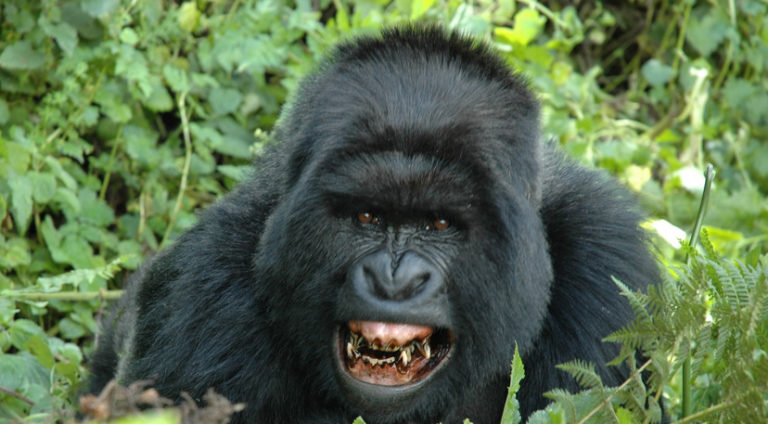Rhino Tracking in Uganda – The Positive side of this Adventure
A safari to sight Rhinos in the wilderness is the most thrilling experience that comes once in a life time. Situated in Nakasongola district is Ziwa Sanctuary that features as the only prominent home to these outstanding species in Uganda. This reintroduction project is a project of Rhinos Fund Uganda and Uganda Wildlife Authority (UWA). Due to insecurities that took place around the 1970’s, there was severe poaching in most of Uganda’s wildlife reserves resulting into reduction of not only these endangered mammals but also other big game especially the elephants. In 1982, the last Rhino is said to have been hunted in Uganda’s wilderness and in 2005, they were re-introduced with an intention that they will be returned to national parks for them to once more to thrive. Ziwa lies about 176 kilometers North of Kampala along the Gulu highway towards the Murchison Falls National Park. It covers about 70 square kilometers and mainly dominated by woodlands with a mix up of thickets, grasslands and swamps and ponds.
For tourists who are interested in having a complete “big five” safaris in Uganda, this Rhino sanctuary is incredibly the only destination for you add in your buck list. Rhinos are the second largest mammal species on land after elephants and they derived their name from two Greek words Rhinos meaning nose and ceros denoting horn. They are best sighted while on safari in Uganda. These incredible mammals come in five various species with two in Africa which include the Black and White Rhinos both featuring a pair of horns and usually sighted in East and South African states. The other three species are Asian type including the Indian also known as the Great one horned rhinoceros mainly sighted in specific areas of India and Nepal. Also there is Javan rhino normally inhabited in Indonesia and Vietnam and both of them have single a horn. The fifth category is Sumatran which can be seen in Malaysia and Indonesia and they have two horns.
Rhinos are among a few remarkable mammal species that you shouldn’t miss to sight while on a safari in Uganda. In 2011, about 6 females were donated by South Africa’s Northwest parks and Tourism Board. Since the reintroduction of these exceptional species, Uganda boosts of over 20 individuals. The first Rhinos were donated by Kenya (four) and two from United States. These amazing natural wonders in Uganda are always followed and patrolled by Rhino Fund Uganda’s rangers who are well trained and armed to ensure that they are safe and secure as well as carry out data collection. You will certainly be amazed when you head towards these incredible mammals in the wild. Your safari will reward you with the most thrilling and life time experiences with these unique wild creatures in Uganda. While in the sanctuary, expect more than Rhinos, there are also wildlife species including 26 species of mammals, the thickets and woodlands protect wildlife species like Uganda Kobs, Bushbuck, Pangolin, the Reed bucks, Rich bucks, Colobus and Verbet monkeys, Mongoose and many others. As you head towards the swamps, you will find Hippos, Crocodiles and several water wildlife species. This offers opportunities for game viewing in the sanctuary for wildlife enthusiasts.
Besides, Ziwa Rhino Sanctuary also protects spectacular birdlife within its abundant woodland, grassland and some water birds around the swamps and valley dams that make up about 351 birds. Some of the birds to catch a glimpse in the sanctuary include the Meyer’s parrot (Brown parrot), Gabar goshawk, purple banded sunbird, Green winged ptyilia, Fork tailed kingfisher, Butler eagle, Martial eagle, Rupell’s long tailed starling, Black headed gonolek, African thrush, Double toothed barbet, African grey hornbill, Common bulbul and not to forget the elusive shoebill storks that you will sight around the Lugogo swamp. These avian species offer incredible birding safaris for birders who are interested in visiting this sanctuary in addition to Rhino tracking safaris. You will have enough time to photograph these fascinating species and ask as many questions as possible pertaining Rhinos and other wildlife in the sanctuary. The Ziwa Sanctuary mission is to create a safe environment where Rhinos can multiply and be protected for future generations. The sanctuary is also responsible in ensuring conservation, education and community empowerment program in order to create awareness among Ugandans and tourists on the Rhinos while also maintaining Uganda’s endowed cultural heritage for future generations.
Rhino trekking is the dominant tourist activity in Ziwa Sanctuary. To view these extra ordinary species, tourists will trek through the thickets and usually takes about 2 to 3 hours. This adventure begins from the sanctuary headquarters together with an armed ranger who will be allocated to you by the management. The rangers are knowledgeable and they will first brief you on the rules and regulations prior your trek and deliver the best information on these rare species. By nature, the White Rhinos are not violent and aggressive like the Black Rhinos and hence there are minimal attacks provided that you follow the tracking guidelines.
Where to stay in Ziwa Rhino Sanctuary
The notable accommodation facilities for you to spend a night while on safari in this sanctuary include, the Ziwa Rhino Lodge, Ziwa Rhino Guesthouse (Budget and Mid-range) and Amuka Safari Lodge (Luxury)
Getting to Ziwa Rhino Sanctuary
The sanctuary is located in Nakasongola district and it is nearly two and half hours drive.
In conclusion, Ziwa Sanctuary is Uganda’s only site where the endangered white Rhinos are inhabited and tracked in the wilderness. These rare mammal species make up the big five game in Uganda and a safari to the sanctuary is worth including while you are on your wildlife safaris to Murchison falls national park as they are closely located. You can as well support the Rhino Fund project to help conserve these endangered species. Don’t miss the thrilling experiences with these outstanding species while you track them in their natural habitat.




